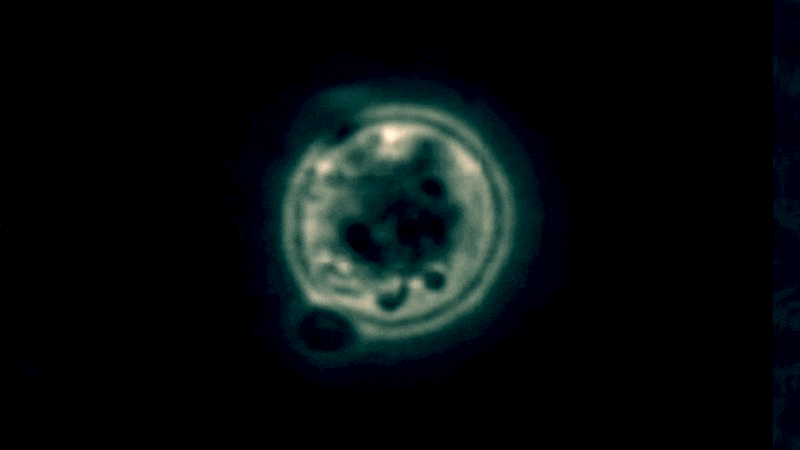
Above: Patient-derived melanoma cells display heterogenous "morphodynamic actions"
An interdisciplinary research team headed by one of BGU's newest faculty members, Dr. Assaf Zaritsky (pictured below) of the Department of Software and Information Systems Engineering, and Gaudenz Danuser of the University of Texas Southwestern Medical Center (UTSW) at Dallas have developed a groundbreaking method based on artificial intelligence to identify melanoma cells that are likely to metastasize to other parts of the body.
The method, called "quantitative live cell histology", presented at the American Society for Cell Biology / EMBO conference in San Diego last December, was developed during Dr. Zaritsky's postdoctoral studies at UTSW. The approach calls for filming live cancer cells with microscopic cameras and using artificial intelligence to analyze the video sequence and identify cells' appearance and behavioral patterns that associate with metastatic potential.
The project has also been featured as the Image of the Day by The Scientist website (pictured above).
The group demonstrated that their representation of the functional state of individual cells can predict the chances that a Stage III melanoma (in which malignancies are limited to the lymphatic system) will progress to stage IV (in which the disease has metastasized beyond the principal area and spread to the rest of the patients' body).
"Beyond metastasis potential, the computer models also allowed us to distinguish between cancer cells taken from different patients by quantifying factors that are not visible to the naked human eye," says Dr. Zaritsky.
“In addition we found that different melanoma cell lines are much more similar to one another than to tumor cells taken from different patients that have not undergone prolonged culturing outside the human body."The researchers speculate that the source of the phenomenon is natural selection due to the artificial process of transforming patient-derived tumor cells to cell lines and fear that their use as a functional model for melanoma may be clinically irrelevant.

Media Coverage:
JPost
Jewish Press